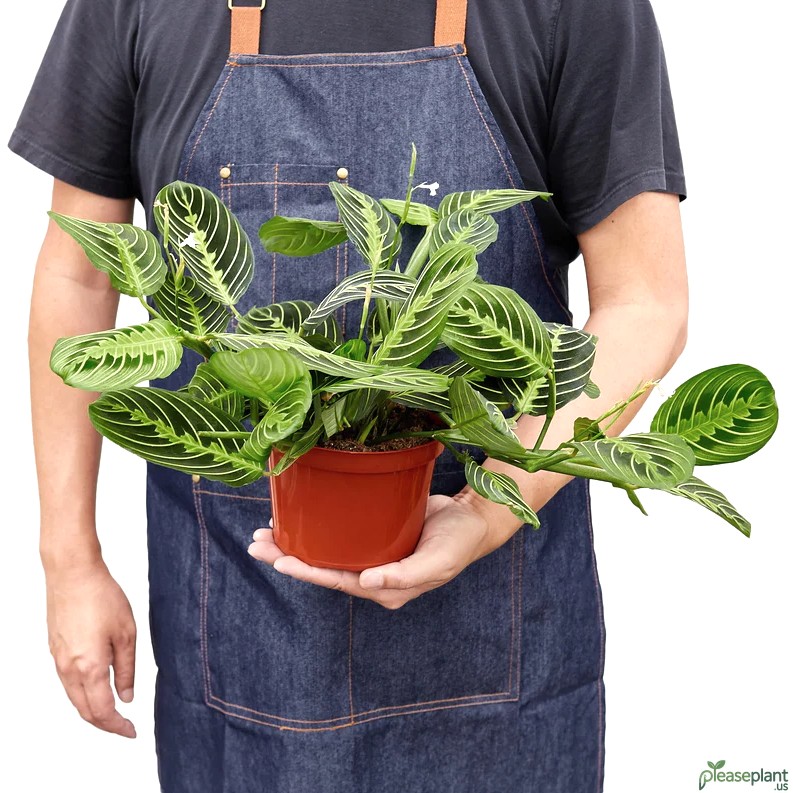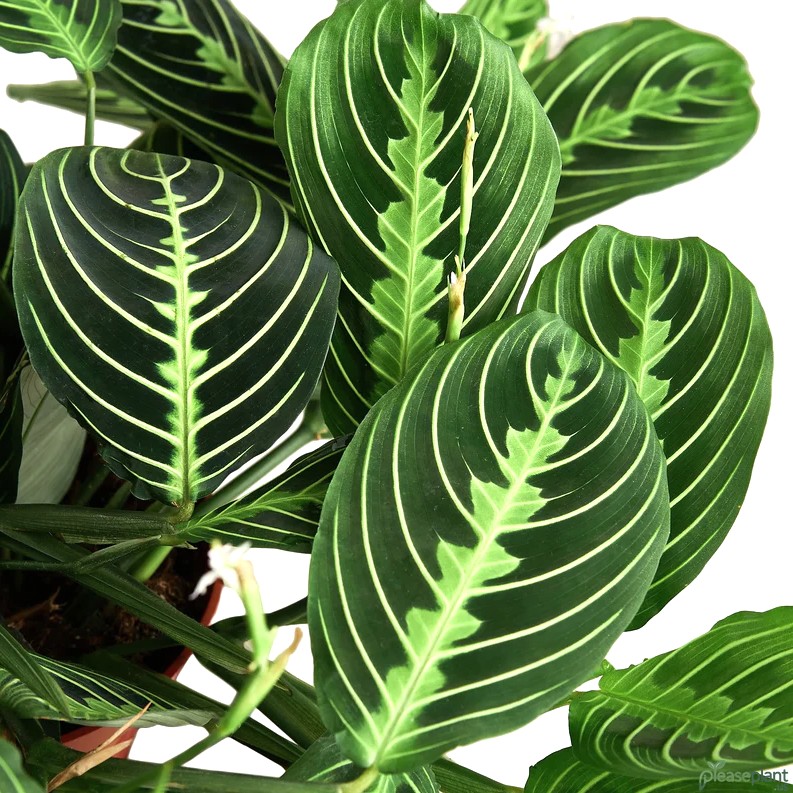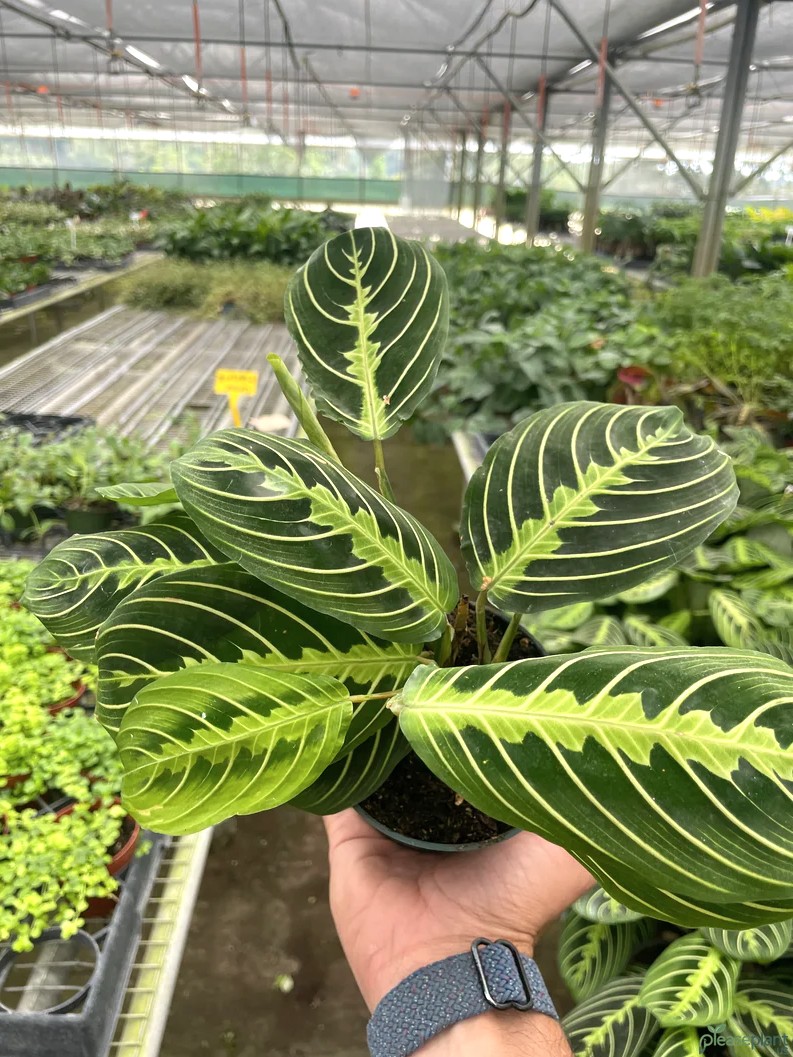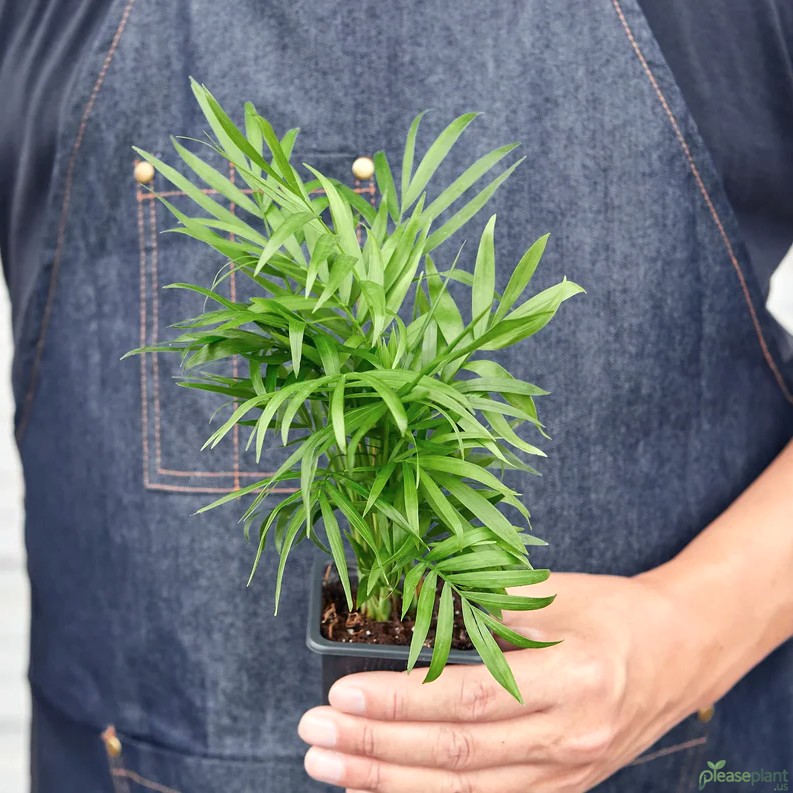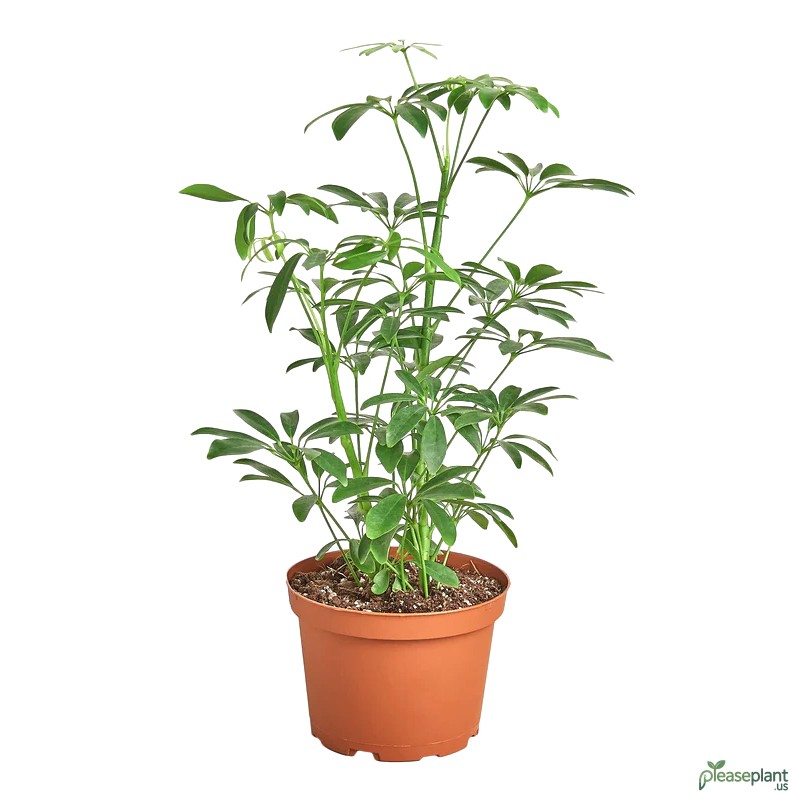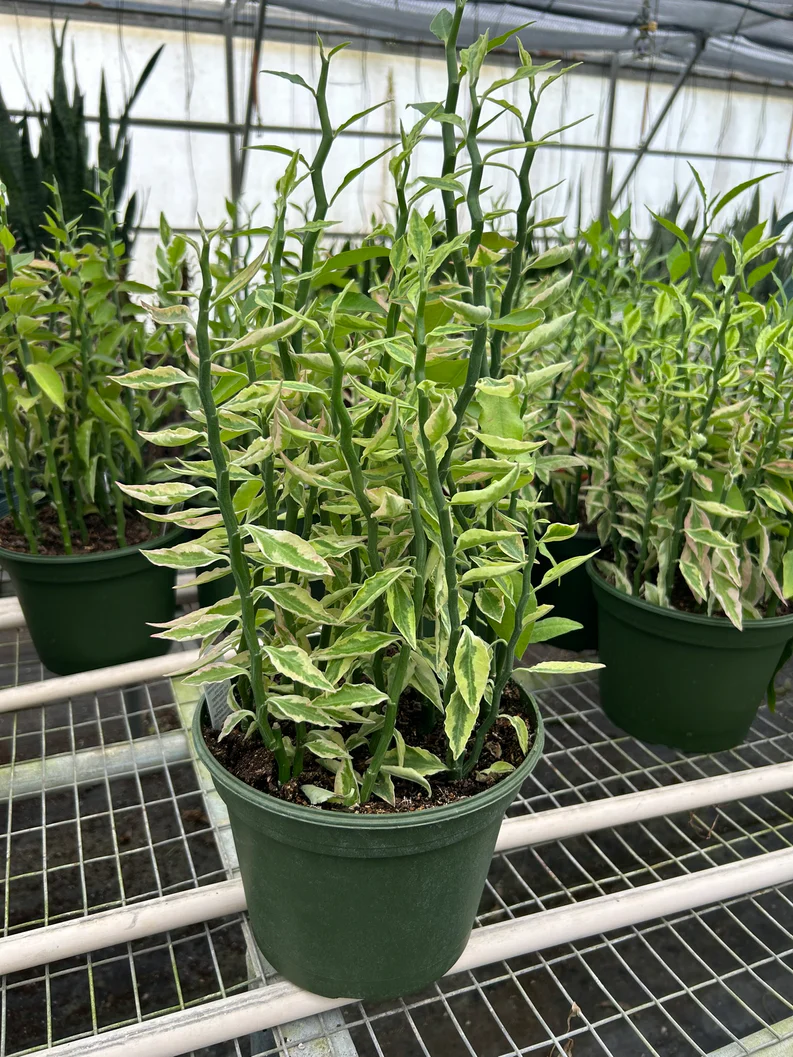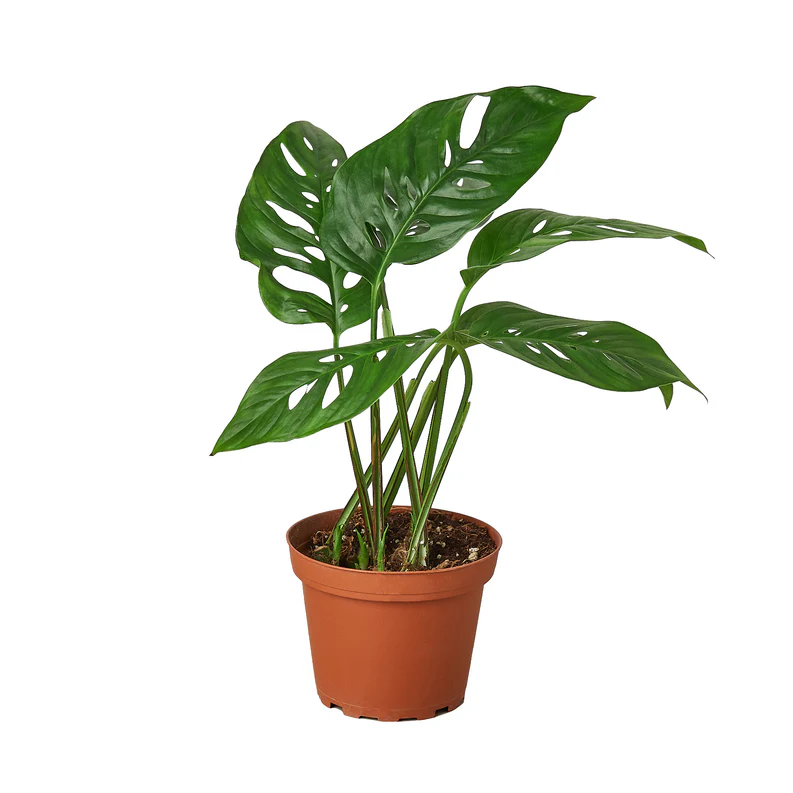So you got yourself a Maranta Lemon Lime plant, huh? That splash of lime green with those delicate patterns is surely a stunner. But hold on—are you sure it’s getting the right light? Too little and those leaves start sulking, too much and they might just burn out. I’ve been there, juggling the light dance with my own Maranta, and let me tell you, it’s a bit of a balancing act. In this guide, I’ll share my hands-on tips to make sure your leafy friend gets just what it needs to shine bright.
Let me tell you about my Lemon Lime journey
I first brought home a Maranta Lemon Lime plant because, well, who can resist those vibrant leaves that look like little art pieces? But soon enough I noticed the leaves weren’t as perky as I imagined; some started curling or losing their bright punch. That’s when the light question hit me: "Is my plant getting enough light or am I just overthinking it?" Turns out, the right light is everything for these beauties.
How much light does a Maranta Lemon Lime plant actually need?
Marantas are kind of divas when it comes to light. They thrive in bright, indirect light, but too much direct sun can scorch their delicate leaves faster than you can say photosynthesis. On the flip side, if the plant is stuck in a dark corner, the leaves lose their vibrancy and might start drooping. It’s a tricky middle ground, but a shady spot near a window with filtered light usually does the trick.
Signs your Lemon Lime Maranta is craving more light
If you spot the leaves starting to stretch out or the vibrant lime color fading to a dull green, your plant is probably waving a little SOS. Also, if the new leaves come in smaller or with less pattern detail, it’s likely the light is insufficient. I once had mine near a north-facing window and thought it was fine, but the leaves disagreed—they looked like they’d just rolled out of bed.
What to do if your Maranta isn’t getting enough light
First off, don’t panic! You don’t need to move it to the sunniest spot in the house overnight. Gradual relocation to a brighter spot works better—your plant isn’t a fan of sudden changes, just like us when the coffee kicks in too hard. Alternatively, consider supplementing with a grow light if natural light is scarce. I ended up buying a little LED lamp that sits above my Maranta’s pot; it’s like giving it a warm hug when the sun’s shy.
When light is too much of a good thing
I’ve also been guilty of overenthusiasm, placing my Maranta too close to a south-facing window. The leaves got these crispy brown edges, like they’d been sunbathing too long at the beach. If you see scorch marks or faded patches, try moving it a bit further away or use a sheer curtain to filter the harsh rays.
Final thoughts from someone who’s been there
Caring for a Maranta Lemon Lime plant is a bit like parenting a toddler: they need attention, but not too much. Keep an eye on the leaves, adjust the light gently, and remember that every home’s lighting situation is different. Your Maranta might just surprise you by thriving in spots you least expect. And if all else fails, remember that even a slightly sulky Maranta is still a cool plant to have around!

